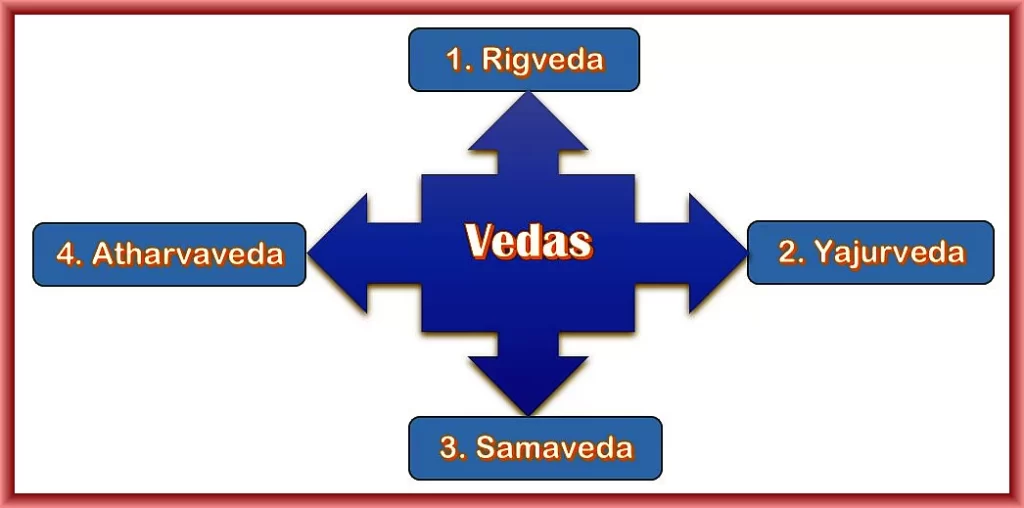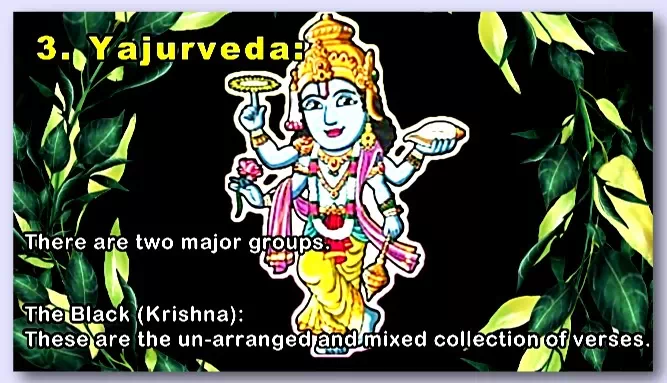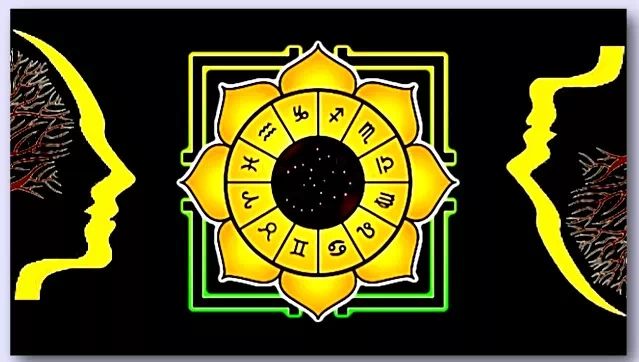The term Veda stands for “Knowledge” or “wisdom”.
They are the most ancient sacred writings of Hinduism popular as “Eternal Path” or “Eternal Order” (Sanatan Dharma Sanskrit language). They were composed in the archaic Sanskrit of about 2000 BCE. Hindus value Vedas as sacred texts and hymns heard by sages through intense meditation.

They are four in number.
1. The Rigveda, 2. The Yajurveda, 3. The Samaveda, and 4. The Atharvaveda.

Each Veda is again classified into four types:
- The Samhitas:
These are Mantras and benedictions.
- The Aranyakas:
They are texts on rituals and ceremonies related to new born babies, age, marriage, retirement and cremation.
- The Brahmanas:
These are commentaries on rituals, ceremonies and sacrifices.
- The Upanishads:
They are texts on meditation, philosophy, and spiritual knowledge.
Additionally some scholars consider “the Upasanas” as the fifth type.
- Upasanas:
They are basically short ritual worship-related parts.

1. Rigveda:
- It dates back to an early stage of Vedic period most likely between c.1500 and 1000 BCE agreed upon by most of the philological and linguistic evidences. It consists of 10, 552 hymns (mantras) totally from 10 mandalas (books) of varying length and age.
- These hymns are intended for various rituals in Vedic Sanskrit with different poetic meters.
2. Samaveda:
- This consists of 1549 stanzas taken almost from the Rigveda.
- It has two major parts. One relates to Singing (Gana) and the second to books (Archikas).
- The existing stanzas dates back to the post-Rigveda period between c.1200 and 1000 BCE or later.

3. Yajurveda:
- It contains Prose Mantras dealing with ritual offering formulas said by priests. It is said to belong to the early Indian Iron age after c. 1200 and before 800 BCE at the time of Kuru Kingdom.
- It has 1875 verses built upon the verses of Rigveda.
- There are two major groups.
These are the un-arranged and mixed collection of verses.
They are well-arranged verses in contrast to the Black.
4. Atharvaveda:
- It is by some scholars called “the Veda of magical formulas”. It consists of about 760 hymns. Some are taken from Rigveda. It was probably compiled around 900 BCE.

- Many books of it are dedicated to philosophy and theosophy and are also associated with the customs and beliefs of Vedic life and describe kings and governance as well.
- There are two different versions in Atharvaveda.
- One is the Paippalada and the second one is Saunakiya.

The Mahabharata, the Natysastra and certain Puranas are referred as Fifth Vedas by some people.
All Blogs & Vlogs from mamlabs.net

